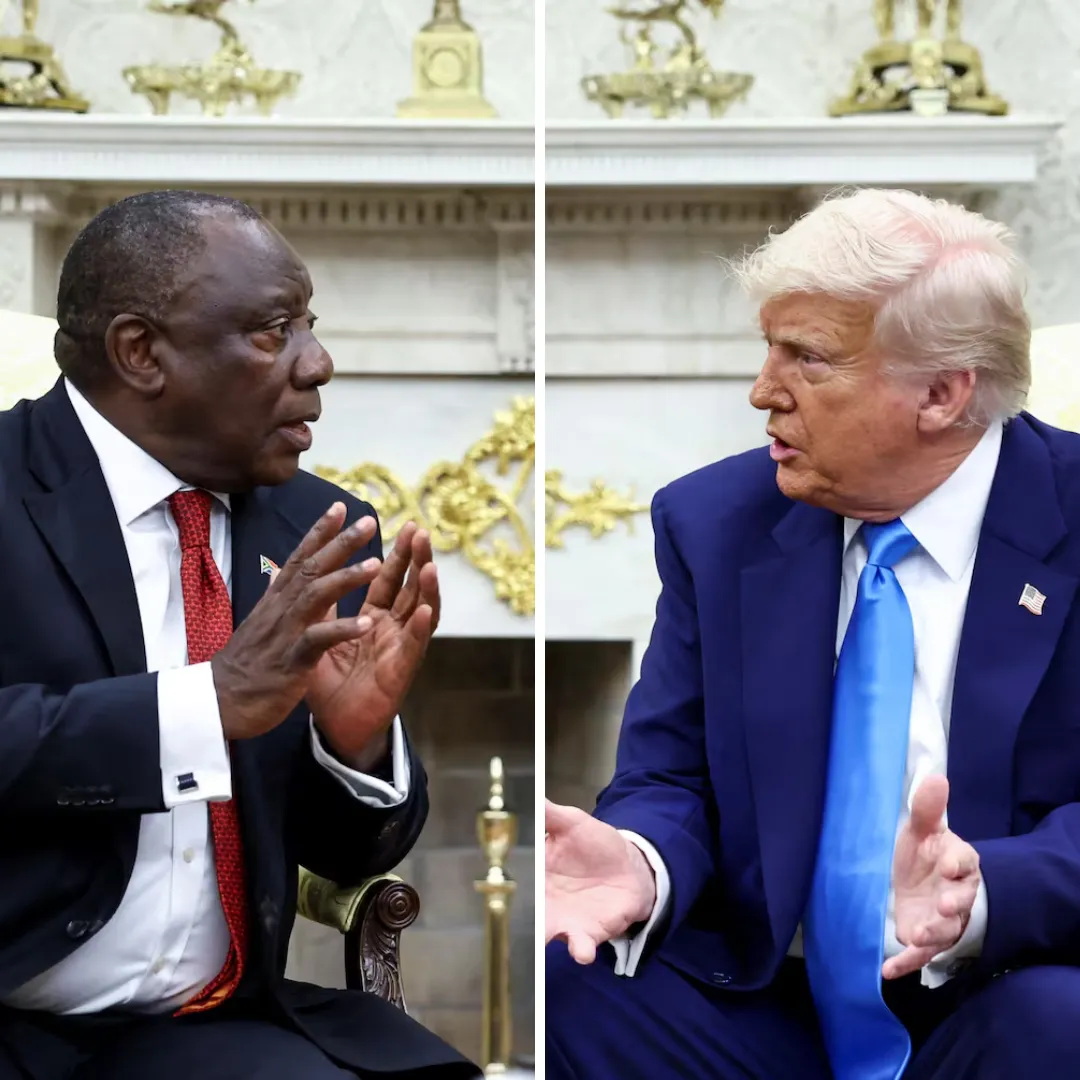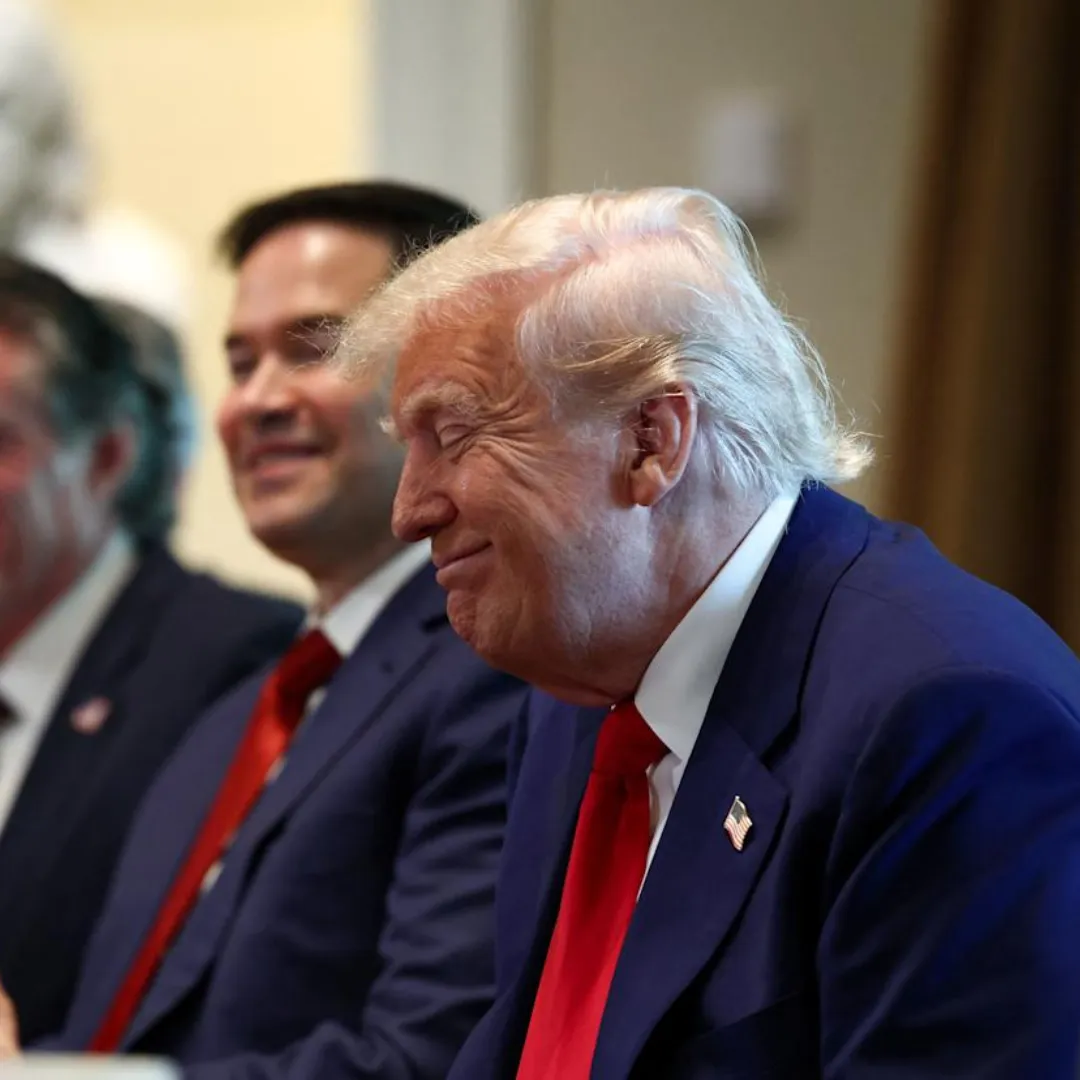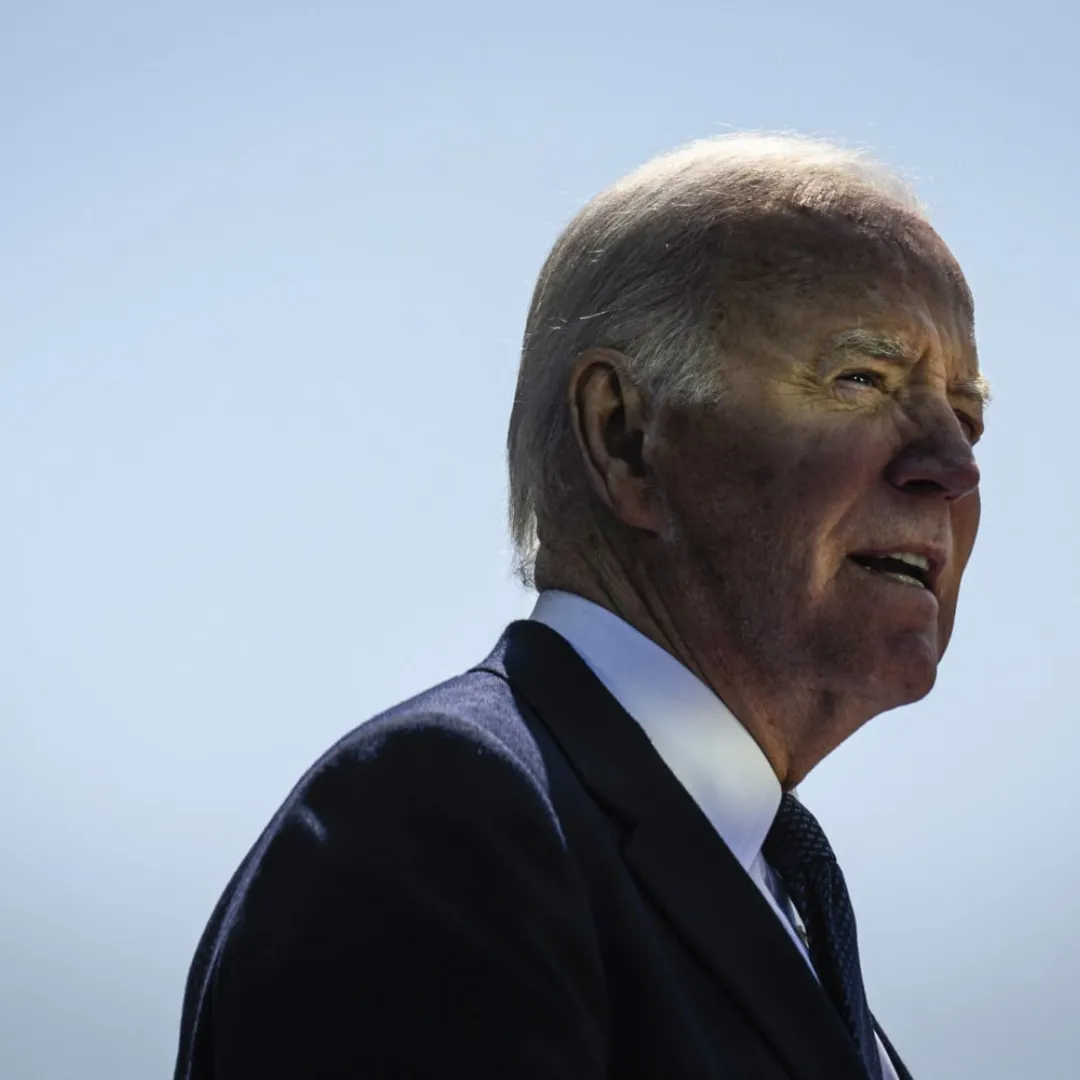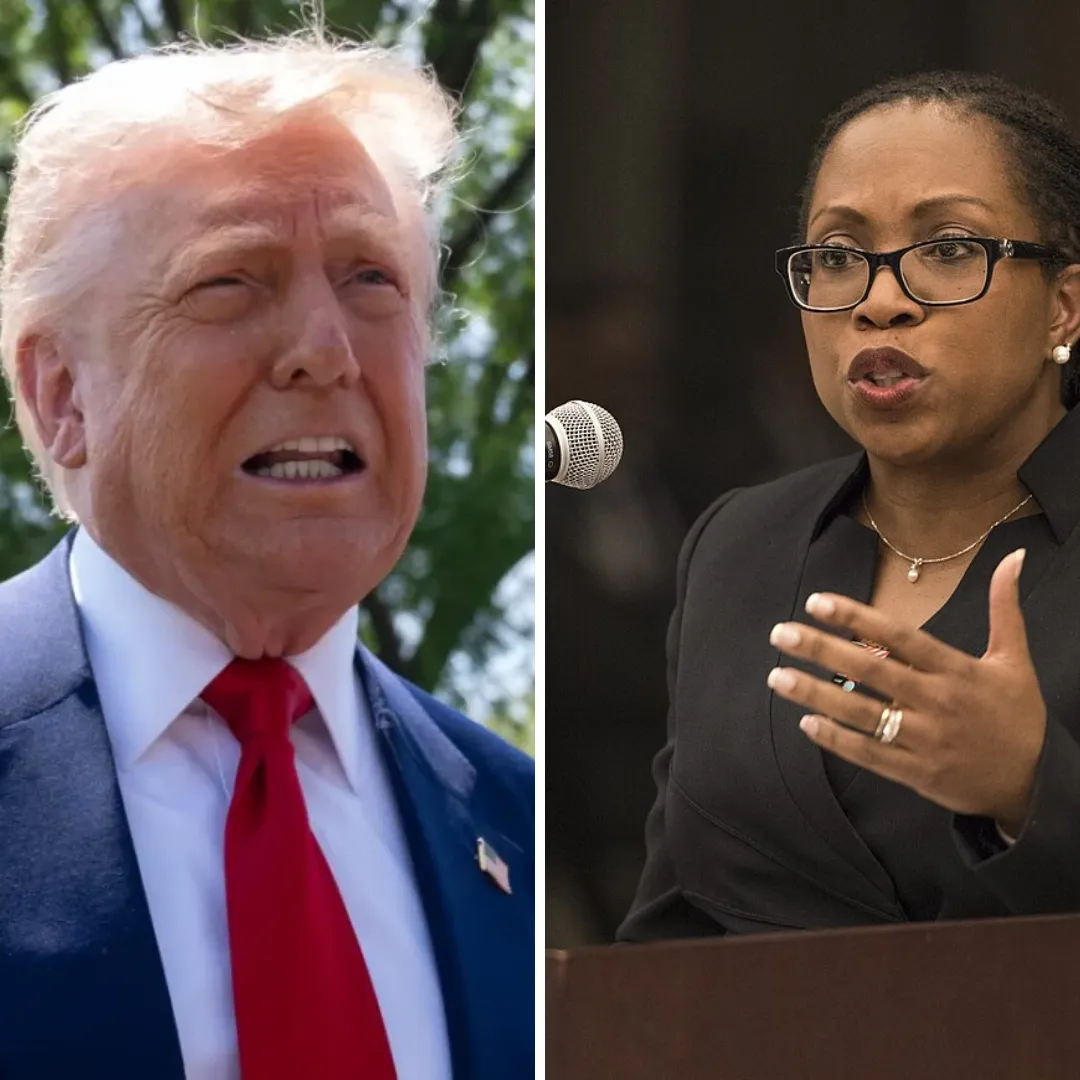President Donald Trump became visibly frustrated during an interview on Tuesday when challenged about a widely disputed claim involving a deported Salvadoran man.
The tense exchange came as Trump marked the 100th day of his second term, and it underscored the growing scrutiny over the administration’s handling of immigration enforcement.
During an Oval Office interview with ABC News correspondent Terry Moran, Trump repeated a claim that Kilmar Abrego Garcia, a Salvadoran migrant who was mistakenly deported in March, had “MS-13” tattooed across his knuckles.
The administration has cited these alleged markings as justification for the deportation, despite reports that Garcia held a valid work permit and no criminal record in the United States.
When Moran pushed back on the president’s statement, Trump grew agitated. “Wait a minute. Wait a minute,” Trump interrupted. “He had ‘MS-13’ on his knuckles, tattooed.”
Moran responded carefully. “He had some tattoos that are interpreted that way,” he said, trying to move on. “But let’s move on.”
Trump refused to let the topic go. “It says ‘M-S-1-3,’” he insisted, referencing a photo that had circulated online showing the man’s hand with digitally added text labeling the tattoos.
The image, which Trump had shared on his social media platform, included four tattoos—a marijuana leaf, a smiley face, a cross, and a skull—with the letters and numbers “M-S-1-3” superimposed above them.
“That was Photoshopped,” Moran explained.
Trump paused, apparently surprised. “That was Photoshopped? Terry, you can’t do that,” he said.

Garcia, who was deported to El Salvador’s CECOT mega-prison on March 15, has since become a flashpoint in debates over the Trump administration’s renewed immigration crackdown.
His family, including his U.S.-citizen wife and children, has denied any gang affiliation. Immigration court records show that Garcia had been granted a form of protection known as a withholding of removal order, which should have prevented his deportation.
Despite this, Trump and senior officials have continued to defend his removal, labeling him a “terrorist” and linking him to the MS-13 gang without presenting clear evidence.
Experts on gang activity and former law enforcement officials have told reporters that Garcia’s tattoos do not reflect known MS-13 symbols. In fact, a former gang member turned academic confirmed he had shown the images to active gang members, none of whom recognized the tattoos as being gang-related.
“He did not have the letters ‘M-S-1-3,’” Moran reiterated.
“No, no. Terry. Terry,” Trump insisted. “He had ‘M-S’ as clear as you can be, not ‘interpreted.’ This is why people no longer believe the news.”
The president’s persistence created an increasingly awkward exchange, as Moran repeatedly attempted to change the subject to foreign policy, particularly the administration’s involvement in peace talks between Russia and Ukraine.
“Ukraine, sir,” Moran said more than once.
Trump refused to pivot. “He’s got ‘MS-13’ on his knuckles, okay?” he said. “You’re just such a disservice. Why don’t you just say, ‘Yes he does’ and go on to something else?”
“It’s contested,” Moran replied. “Ukraine.”
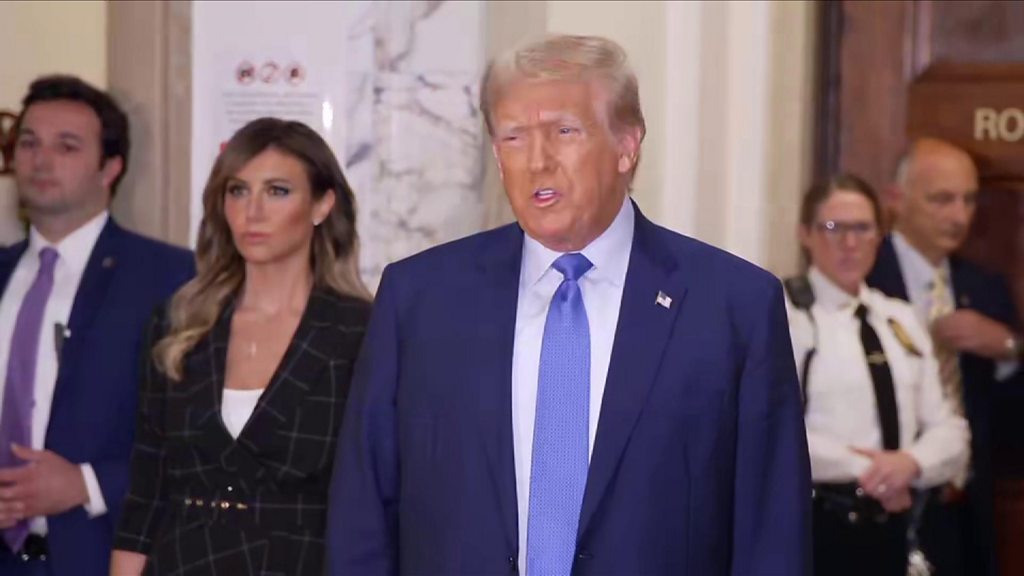
The interview, which was intended to highlight the administration’s priorities after its first 100 days, instead spiraled into an extended debate over a single image and a disputed claim.
For viewers, it offered a glimpse into Trump’s unrelenting style, his refusal to concede factual challenges, and his continued use of high-profile anecdotes to defend controversial policies.
The digital image in question—shared on April 19—was widely dissected online. Observers quickly noted that the added letters and numbers were not part of the original photo and criticized the lack of disclosure in Trump’s post.
Supporters of the president countered that the labels were meant to provide context and that the gang association was clear regardless of their placement.
Garcia’s family, meanwhile, has called the portrayal false and damaging. They say he has never been involved in a gang, has no criminal record, and was working full-time as a sheet metal apprentice when he was detained.
His deportation, they argue, was not only erroneous but dangerous, as it placed him in one of the most violent prison systems in the world.
Senator Chris Van Hollen of Maryland, where Garcia lived, recently traveled to El Salvador and met with him. The senator has publicly called on the Trump administration to reverse the deportation and allow Garcia to return to his family. So far, the White House has not acted on that request.
The clash between Trump and Moran was emblematic of broader frustrations surrounding Trump’s second term. The administration has adopted a hardline approach to immigration enforcement, pledging to reduce the number of undocumented immigrants in the country and increase deportations.

Critics argue that the policy is being applied too broadly and without sufficient oversight, leading to wrongful removals and human rights concerns.
Adding to the controversy is the administration’s reliance on anecdotal stories, like Garcia’s, to justify sweeping actions. By presenting isolated cases as representative of broader threats, opponents say the administration is stoking fear and distorting reality.
In this case, the focus on a photoshopped image—rather than court records or expert testimony—further fueled accusations that the administration is relying on misleading information to support its agenda.
Garcia’s deportation has also highlighted growing questions about due process in the immigration system. According to legal documents, Garcia was removed without a hearing, despite previously being granted protections that should have triggered further review.
At a time when the administration is calling for expanded powers to expedite deportations, the incident has drawn new scrutiny to the safeguards that exist—or fail to exist—in the current system.
Despite mounting criticism, Trump appeared undeterred. Throughout the interview, he spoke with confidence and often dismissed counterpoints without pause. His demeanor suggested a continued belief that public perception could be managed through repetition and strength of delivery.
“They’re giving you the big break of a lifetime,” Trump told Moran at one point. “You’re doing the interview. I picked you because—frankly, I never heard of you, but that’s OK. I picked you, but you’re not being very nice.”
The interview ended with Moran returning to international affairs, though the moment had already become defined by the earlier dispute. Online, reactions were swift and polarized, with Trump’s supporters praising his resolve and critics pointing to the exchange as another example of misinformation at the highest level.
For now, Kilmar Abrego Garcia remains in El Salvador. His legal team is appealing for his return, and advocacy groups are pushing the administration for accountability. The president, meanwhile, continues to use his platform to promote the image of a nation being protected through strength—an image some say is built more on slogans than facts.
